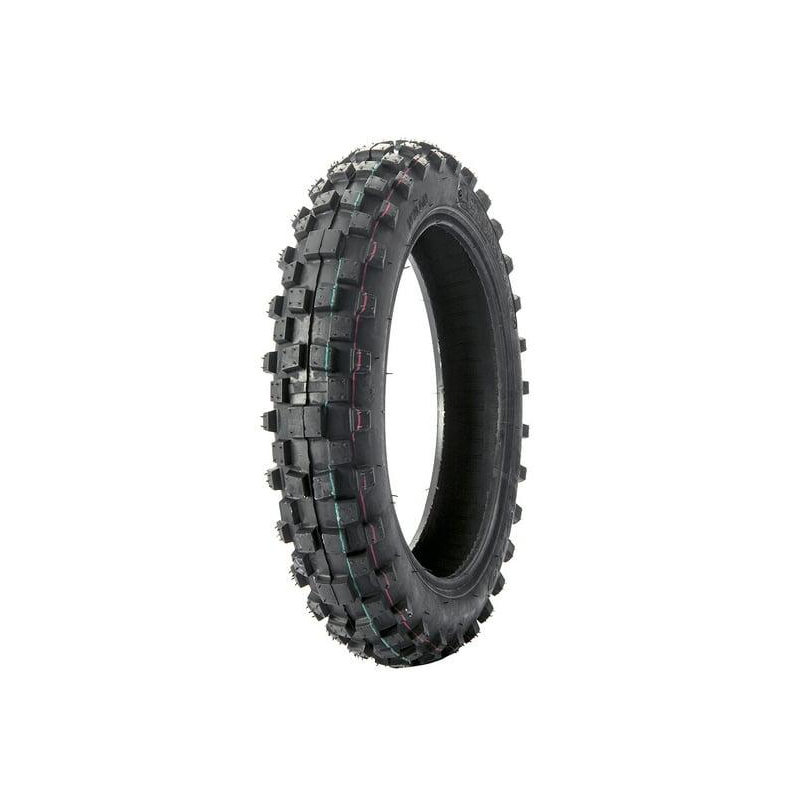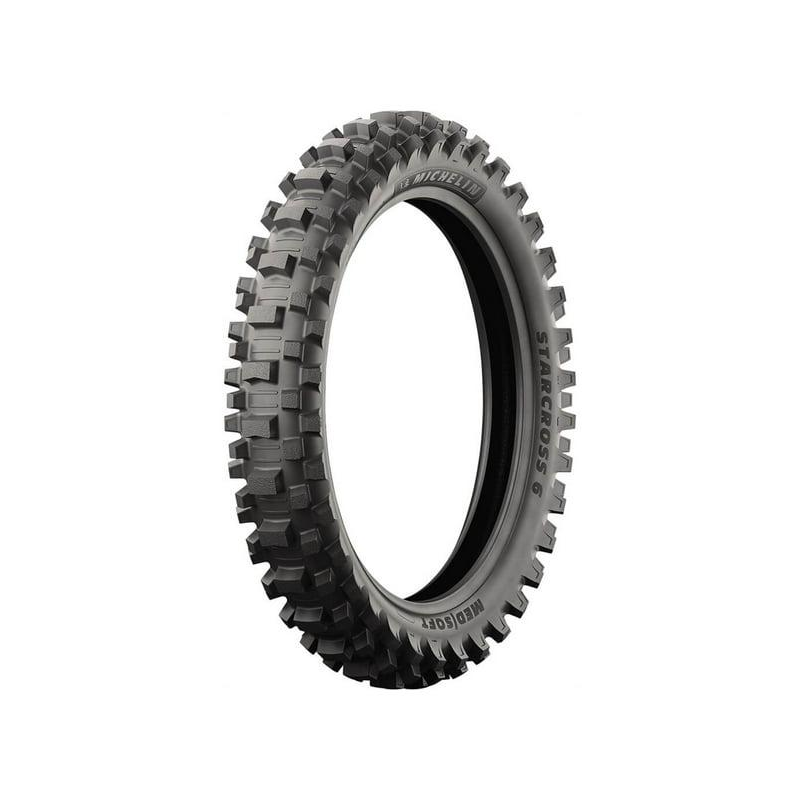Motorcycle tires are crucial for safety, performance, and overall riding experience. They endure wear and tear from various road conditions, weather elements, and the demands of your riding style. While many riders might underestimate the importance of maintaining and replacing their tires, understanding how often to change motorcycle tires is vital to ensuring a safe and enjoyable ride. Factors such as tire type, riding habits, frequency of use, and environmental conditions significantly influence tire wear. In this comprehensive guide, we will explore the intricacies of motorcycle tire maintenance, discuss industry recommendations, and outline best practices for care to help you determine how often you should change motorcycle tires. By the end of this article, you will gain valuable knowledge to keep you safe on the road while extending the lifespan of your tires.
Understanding Motorcycle Tires
To appreciate the importance of maintaining your motorcycle tires, it’s essential to understand their construction, types, and functions.
Types of Motorcycle Tires
Motorcycle tires come in various types, each designed for specific riding needs and conditions.
- Street Tires: These tires are designed for maximum traction on paved roads and typically feature a smooth tread pattern. They offer great grip but may wear faster when exposed to off-road conditions.
- Off-Road Tires: Built for rugged terrain, off-road tires have deeper treads that provide excellent traction on dirt, mud, and gravel. They compromise on smooth-road performance.
- Dual-Sport Tires: As their name suggests, dual-sport tires are versatile and can handle both street and off-road conditions. They usually feature a tread pattern that balances both needs.
- Touring Tires: Designed for long-distance riding, touring tires offer comfort, stability, and extended lifespan. They are engineered to handle heavier loads and provide superior grip on highways.
Tread Patterns and Their Impact
The tread pattern on a motorcycle tire affects handling, performance, and longevity.
- Symmetrical Tread: Tires with symmetrical tread patterns provide balanced handling for street and touring riders. They usually wear evenly, extending their life.
- Asymmetrical Tread: These tires feature distinct tread patterns on the left and right sides, offering optimal performance in specific conditions. They may wear unevenly, requiring careful monitoring.
- Directional Tread: Designed to excel in specific directions, these tires improve grip during hard cornering and provide better water displacement, beneficial for wet conditions.
Factors Affecting Tire Lifespan
Several variables determine how often you should change motorcycle tires. Understanding these factors can aid you in making timely replacements.
Riding Style and Habits
Your riding habits have a direct impact on tire wear.
- Aggressive Riding: If you tend to accelerate quickly, brake hard, or take sharp corners frequently, your tires will wear faster. It’s crucial to check your tires regularly if you ride aggressively.
- Commuting vs. Leisure Riding: Daily commuting might cause quicker wear compared to leisurely rides. Evaluate your riding patterns and consider adjusting your tire maintenance schedule accordingly.
Road and Environmental Conditions
Road conditions play a significant role in the lifespan of motorcycle tires.
- Type of Road: Riding on smooth highways offers less wear than traveling rough, unpaved roads. Regularly inspect tire condition if you frequently ride on challenging surfaces.
- Weather Conditions: Factors like rain, hail, or extreme temperatures can impact tire performance. Wet conditions necessitate frequent inspections, as tires can wear unevenly due to slip hazards.
Tire Quality and Type
The type of tires you use and their quality significantly affect longevity.
- Manufacturer Recommendations: Tire manufacturers typically provide guidelines for expected mileage under normal conditions. Following these recommendations helps ensure maximum performance.
- Quality Variations: Higher-quality tires usually last longer than cheaper alternatives. Evaluate your riding needs and consider investing in premium options when making purchases.
Maintenance and Care
Proper maintenance can impact how often you need to change motorcycle tires.
- Regular Inspections: Frequent checks for wear and tear, tread depth, and alignment can help catch issues early. Address potential problems before they turn into costly tire replacements.
- Tire Pressure Checks: Proper tire inflation is essential for optimal performance. Regularly check and maintain the recommended tire pressure for your motorcycle and adjust as necessary.
How to Monitor Tire Wear
Monitoring your motorcycle tires for wear can help ensure timely replacements and maintain safety during rides.
Tread Depth
Tread depth is crucial for ensuring traction and stability.
- Tread Wear Indicators: Most motorcycle tires come with built-in wear indicators, presenting bumps or small bars in the grooves. When the tread wears down to these indicators, it’s time to consider replacement.
- Measurement Tools: You can check tread depth with a simple tool like a tread depth gauge or even a penny. Place the coin into the tread groove. If the top of Lincoln’s head is visible, your tire may require replacement.
Visual Inspections
Regular visual inspections can help catch early signs of tire wear:
- Uneven Wear Patterns: Look for signs of cupping or edges wearing more than the center, which could indicate alignment or inflation issues.
- Cracks, Bulges, or Cuts: Examine the tire sidewalls for visible damage. Cracks, bulges, and cuts can compromise the integrity of the tire, making replacement necessary.
Vibration or Handling Issues
Pay attention to the motorcycle’s responsiveness while riding.
- Noticeable Vibrations: If you experience vibrations or instability while riding, this could indicate tire issues. A thorough inspection is necessary if you encounter these symptoms.
- Handling Changes: Changes in handling and grip can also signal tire wear. If you notice decreased performance while turning or stopping, it may be time to evaluate your tires.
General Recommendations for Tire Changes
While factors like riding style and conditions vary, there are general recommendations to follow for changing motorcycle tires.
Mileage Guidelines
Typically, motorcycle tires have an expected lifespan centered around mileage, which can range broadly based on tire type and riding habits.
- Street Tires: These usually last between 5,000 to 15,000 miles, depending on the riding conditions and style. Higher mileage may be possible with careful riding and proper maintenance.
- Off-Road Tires: Generally, off-road tires have a shorter lifespan due to more demanding conditions, often lasting around 2,500 to 5,000 miles.

- Touring Tires: Designed for longer distances, touring tires can last up to 20,000 miles under ideal conditions.
Time-Related Changes
Time can also factor into your decision.
- Age of Tires: Even if tires show good tread and no visible damage, they can deteriorate over time. Most manufacturers recommend replacing tires that are older than five years.
- Regular Replacement Cycles: Some riders prefer to change their tires seasonally, especially if they ride frequently. Consistent tire replacements can be beneficial in maintaining optimal performance.
Seasonal Considerations for Tire Changes
Seasonal changes can affect your motorcycle’s tire performance, requiring adjustments in maintenance and replacement.
Warm Weather Rider Tips
During warmer months, you may ride more frequently, which could accelerate tire wear.
- Increased Mileage: Ensure to check tires regularly for any signs of wear as you log more miles. Consider changing tires at the end of the riding season to be prepared for colder months.
- Frequent Inspections: Hot pavement can lead to increased tire temperatures, so be vigilant in inspecting tread depth and wear patterns throughout your rides.
Cold Weather Guidelines
Riding in colder months introduces unique challenges for tires.
- Cold Weather Effects: Lower temperatures can harden rubber, reducing grip. Check for cracks or other damage regularly.
- Seasonal Changes: If you change tires between seasons, consider switching to tires designed for colder weather, which provide better traction on slick surfaces.
The Importance of Professional Inspections
While regular DIY checks are essential, seeking professional help for motorcycle tire assessments can be invaluable.
Professional Expertise
- Comprehensive Inspections: Mechanics possess the knowledge and tools to assess tire condition thoroughly. They can identify issues that may be overlooked during a casual inspection.
- Alignment and Balancing: Professionals can also check your bike’s alignment and balance, ensuring safe and optimal handling, which benefits tire longevity.
Making Informed Decisions
- Guidance on Replacements: A qualified mechanic can recommend the right tires based on your bike, riding style, and typical conditions, ensuring that you make an informed decision.
- Maintenance Recommendations: Regular visits to professionals can help ensure your motorcycle remains in top operating condition. A mechanic can evaluate tire wear in the context of your entire bike and make other maintenance recommendations as needed.

Conclusion
Understanding how often you should change motorcycle tires is vital for ensuring safety, performance, and longevity. Various factors, including riding style, road conditions, tire types, and regular maintenance practices play crucial roles in determining when tire changes are necessary.
By staying informed about the right tire care, indications for replacement, and overall motorcycle maintenance, you can enjoy longer rides with confidence and peace of mind. As a responsible rider, it’s essential to prioritize regular inspections, proper care, and prompt replacements when needed. The safety of yourself and others on the road depends heavily on the condition of your tires.
So, take charge of your adventure and keep your motorcycle equipped with the best tires suited for your riding needs. More than just an important component, properly maintained tires contribute to your thrilling experiences, ensuring countless journeys on the open road.